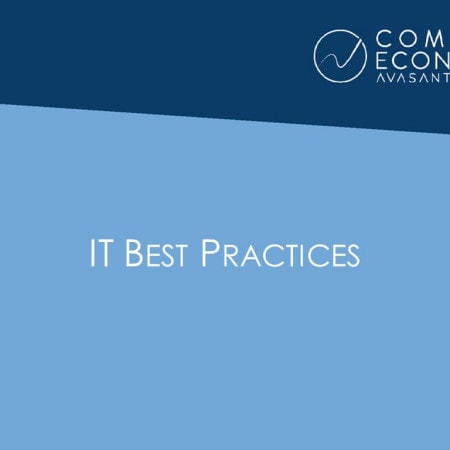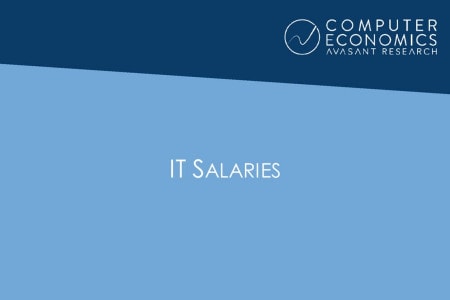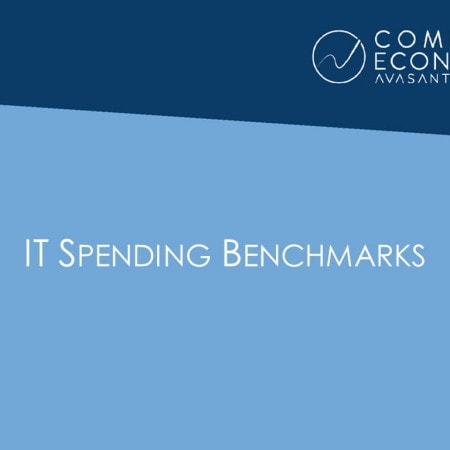-

Information Technology Information Sharing and Analysis Center (Feb 2001)
In January 2001 nineteen of the nation's leading high tech companies announced the formation of a new Information Technology Information Sharing and Analysis Center (IT-ISAC) to cooperate on cyber security issues. The objective of the IT-ISAC is to enhance the availability, confidentiality, and integrity of networked information systems.
September, 2002
-

Will Peer-to-Peer Computing Move Into Your Enterprise?
Peer-to-peer (P2P) computing may become the cornerstone for new applications that make PCs more cost effective and provide users with more flexible and powerful collaborative capabilities. P2P computing applications reside on local clients distributed over a network that does not need intervening servers. This architecture is significantly more capable than the infamous Gnutella and Napster music file servers that use similar technology.
September, 2002
-

Intel Bets on Diversity
In an attempt to bounce back from lackluster performance over the last three quarters, Intel is evolving away from its processor core business into an Internet and networking company. Many of these capabilities are not being grown internally, but rather are being bought.
September, 2002
-

Next-Generation Windows Aims at Webability
Microsoft is trying mightily to avoid the burdens of becoming a maturing company. As its product line ages, innovating and battling competing ideas grows increasingly more difficult.
September, 2002
-

Cyber-Law Helps and Hinders E-Commerce (Dec 2001)
Legal actions of the U.S. government, along with those of the various states, have begun to affect e-commerce, and these effects will grow in the near future as the legal status of e-commerce becomes better defined. International laws, as well, will influence how e-merchants conduct their businesses and will limit their activities.
September, 2002
-

Application Development Contract Rates 3Q02
This article shows commonly charged hourly contractor rates for application development, for Q3, 2002. The rates were collected from a variety of sources and clients. It also provides the average rate per position across all contractors.
September, 2002
-

Contract Cost Per Keystroke (Aug 2002)
Figure 1 shows competitive cost per keystroke rates for contracted data entry. Prices will vary by region and the type of contractor.
September, 2002
-

The Changing Face of Below 60-MIPS Mainframes
Moore's law, most visibly observed in PCs and servers, has also quietly transformed the mainframe world. Its stellar price/performance consequence has reduced the ability of companies like IBM to provide labor-intensive services such as on-site sales and support; it also imposes economic disincentives to offer small machines, since they cost as much as large systems to build and supportâyet market forces dictate that they sell cheaper and thus cannot carry overhead and staffing burdens enjoyed in the past.
September, 2002
-

IBM Mainframe Partitioning: LPAR vs. VM Function and Efficiency
IBM mainframe computers (System/390, zSeries 900 systems) are commonly partitioned to improve reliability and operational efficiency. Partitioning creates multiple system images that can perform related or unrelated work, using homogenous or heterogeneous operating system environments.
September, 2002
-

Make Application Service Provider Partnerships Pay Off (Dec 2001)
Many organizations are enjoying the benefits of renting their software from application service providers (ASP) rather than acquiring, installing, and maintaining the programs in-house. This article projects growth in the ASP market from 2001 through 2005 and identifies reasons for choosing an ASP approach.
September, 2002
-

Return on Investment for Virus Protection
The article provides estimated cost for managing an in-house antivirus protection program by the number of PCs in an organization and the expense avoided by having such protection in place.
September, 2002
-

Does Linux Have a Role in the Enterprise? (Feb. 2002)
A major problem with running applications on servers is the creeping growth in the number of computers along with the accompanying increases in administrator head count, power consumption, physical space, and, most importantly, cost. Resolving these problems by applying an open source operating system may at first sound startling-perhaps even radical, but Linux has accomplished these goals for a number of organizations.
September, 2002
-

What Are Users To Do as H-P Walks Away From the e3000
The clock is ticking for Hewlett-Packard e3000 server owners. Since HP's announcement in November 2001, users have had to come to terms with a number of unpleasant alternatives. HP's decision hits e3000 users with a need to begin planning to deal with the plummeting resale value of their equipment and to renew computing skills based on some other platform.
September, 2002
-

From Broadband to Ultra Wide Band (Mar 2002)
Ultra Wide Band (UWB) is a data transmission method which uses very short duration pulses over large transmission bandwidths. In English, that means a lot of information goes from point A to point B very rapidly by sending all of it in one big cluster. The emergence of Ultra Wide Band could have a revolutionary impact on data transmission and consumer electronics. The technology could be applied to set up wireless cable TV or computer networks at home, or to enable users to swap enormous amounts of data almost instantly.
September, 2002
-

Computer Economics Joins the National Cyber Security Alliance (Mar 2002)
Computer Economics has been involved in the analysis of IT security and the cost of providing this needed security since the 1980s. Computer Economics has also been a leader in analyzing the economic impact of cyber crimes, malicious code attacks, and cyber terrorism. The Computer Economics analysis is lead by Michael Erbschloe, Vice President of Research at Computer Economics and author of Information Warfare: How to Survive Cyber Attacks.
September, 2002

 Grid View
Grid View List View
List View